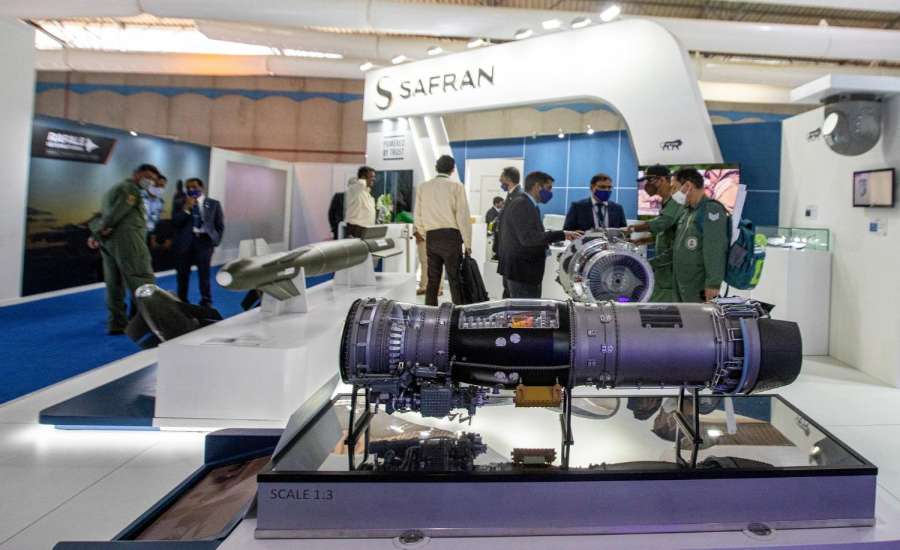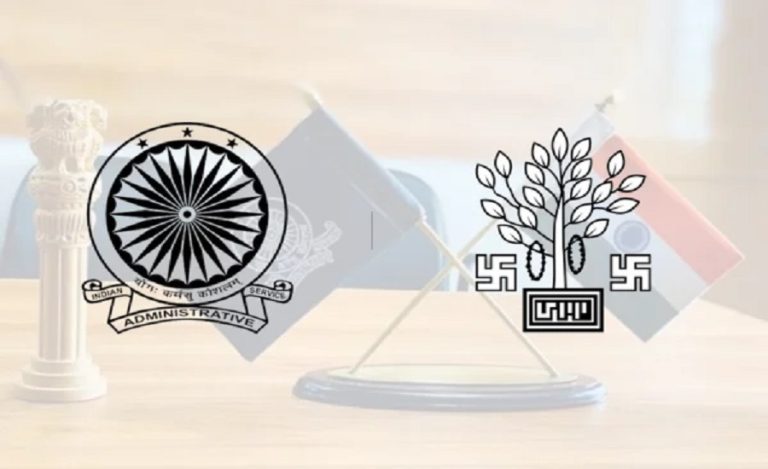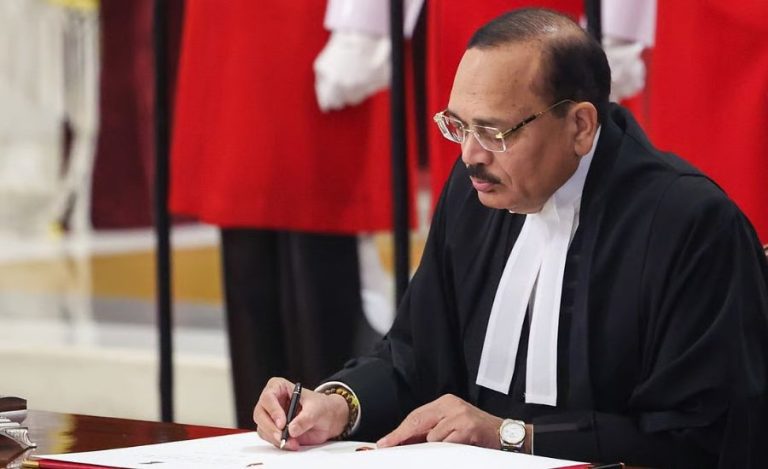In a breakthrough that positions India among the world’s elite aerospace powers, the Defence Research and Development Organisation (DRDO) has finalized a landmark agreement with French aerospace giant Safran to co-develop a clean-sheet, next-generation fighter jet engine in the 120–140 kN thrust class.
The deal marks the first time India will receive 100% transfer of critical jet engine technologies, including the manufacturing of advanced single-crystal turbine blades and high-temperature hot-section components—technologies regarded as the holy grail of modern fighter engine design.
Full Indian Ownership of Engine IPR
Under the agreement, the new engine will be developed with complete Indian Intellectual Property Rights (IPR), ensuring sovereign control over core propulsion technologies. This places India on a path to strategic independence in a domain historically dominated by a handful of nations.
Engine to Power AMCA MK-2, India’s 5th-Gen Stealth Fighter
The clean-sheet engine will equip the upcoming Advanced Medium Combat Aircraft (AMCA) MK-2, India’s indigenous fifth-generation stealth fighter jet.
The engine is designed to deliver:
- 120–140 kN thrust class
- Supercruise capability (sustained supersonic flight without afterburner)
- Enhanced fuel efficiency
- Lower infrared signature for stealth
- High reliability at extreme temperatures
These capabilities will significantly boost the AMCA’s endurance, survivability, and combat reach.
₹61,000 Crore Defence Technology Breakthrough
Valued at around ₹61,000 crore ($7 billion), the Indo-French engine program is one of the largest propulsion development partnerships globally. It represents a critical leap toward Atmanirbhar Bharat in defence technology and substantially reduces India’s long-term reliance on foreign engine manufacturers.
10-Year Development Timeline
The joint program will unfold over the next decade:
- 2028: First five prototype engines ready for flight testing
- 2032: Certification phase
- 2035 onwards: Full-scale serial production in India
Initial AMCA prototypes will fly with GE’s F414-INS6 engines, but the MK-2 variant and future squadrons will transition to the Indo-French powerplant.
Safran Selected Over Global Competitors
Safran’s willingness to offer complete technology transfer, ahead of rivals like Rolls-Royce, played a decisive role in India’s selection. The choice also builds on the strong Indo-French defence partnership, including the Rafale jets powered by Safran’s M88 engines and a dedicated MRO facility coming up in India.
New Engine Ecosystem to Be Built in India
The collaboration is expected to spark the development of a domestic ecosystem for:
- Jet engine design
- High-temperature alloy manufacturing
- Precision machining
- Maintenance, repair, and overhaul (MRO)
- Future propulsion R&D
This ecosystem is projected to benefit not just the AMCA, but future unmanned, sixth-generation, and export-driven combat aircraft programs.
A Turning Point in India’s Aerospace History
The joint development of a next-generation jet engine is widely regarded as India’s most significant defence technology milestone in decades—on par with the nuclear program and space launch vehicle achievements. Only a few nations like the U.S., Russia, France, and the U.K. possess such capability.
The DRDO–Safran engine deal is expected to reshape India’s aerospace landscape for generations, placing the country on a firm path toward propulsion self-reliance and setting the foundation for future combat aviation leadership.
Read also: DRDO and France’s DGA Sign Landmark Technical Arrangement to Boost Defence R&D Collaboration




























